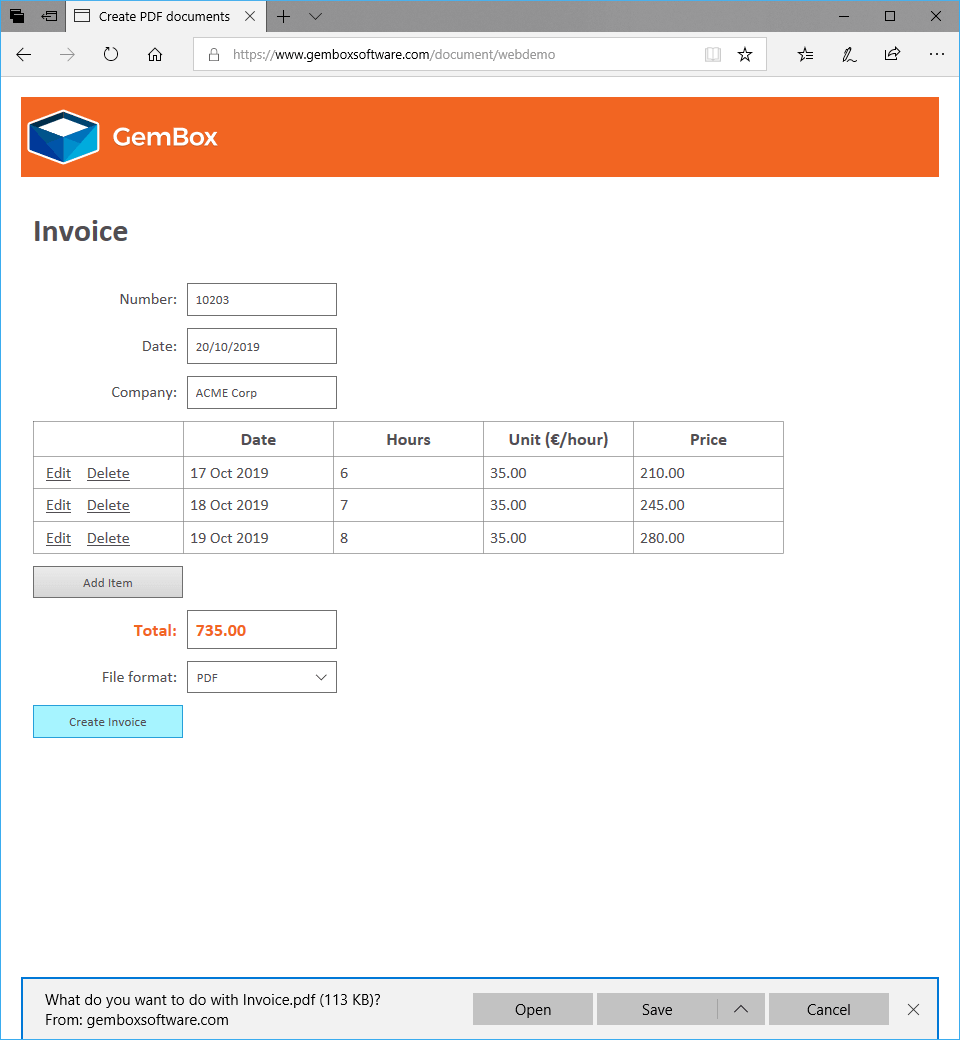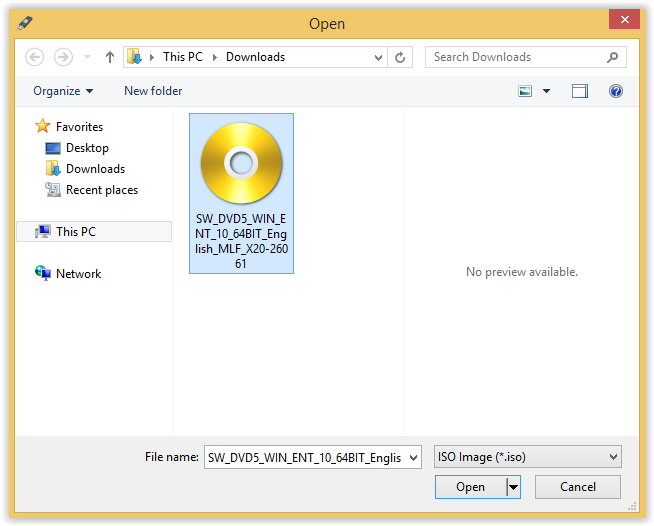

- #How to download aspx file how to#
- #How to download aspx file update#
- #How to download aspx file code#
#How to download aspx file code#
The code may look as follows: Īfter running this page, you will see the following interface: To add single file upload functionality in your website just embed the FileUpload control to the tag in the place where you want users to display the upload interface.
#How to download aspx file how to#
Firstly, let’s discuss how to do it for uploading a single file at a time. Deploying FileUpload in your web application is very easy. The control doesn’t automatically save a selected file to the server, but it exposes the SaveAs method to perform this. It allows a user to choose a file to be uploaded via the Browse button. Using FileUpload ControlįileUpload supports single and multiple file uploads.

Let’s start with the simplest one – using the standard ASP.NET FileUpload control.


We’ve figured out the files upload organization in ASP.NET, now it is time to examine different upload approaches. Note: it is not recommended specifying very large (virtually unlimited) values as it may lead to the risk of DoS attacks. executionTimeout – the allowed execution time for the request before being automatically shut down by ASP.NET (the default value is 110 seconds).requestLengthDiskThreshold – the limit of data buffered in the server memory in kilobytes (the default value is 80 KB).maxRequestLength – the request size limit in kilobytes (the default value is 4096 KB).There are several attributes in the section which are important for the file upload: You can configure your ASP.NET application by editing the web.config (or nfig if you want to change settings globally, for all ASP.NET applications on your server). When the server code execution is finished, the server cleans up the memory and sends an HTTP response to the client. This makes life easier, because all you need is to iterate through each file in this collection and perform the necessary actions. Using ASP.NET you don’t need to parse the HTTP request manually, you just refer to the uploaded files through the HttpPostedFile collection.
#How to download aspx file update#
Here is where you can handle uploaded data, for example: save the uploaded files to the appropriate location, examine their characteristics, update a database, etc. When the HTTP request is received, ASP.NET starts the uploading process: it caches all data in server memory or to disk depending on the uploaded file size.Īfter all files are uploaded, the server code runs. You can design a client side using different components: ASP.NET or HTML controls, HTML5, Flash, Java, or ready-to-use upload applications.


 0 kommentar(er)
0 kommentar(er)
